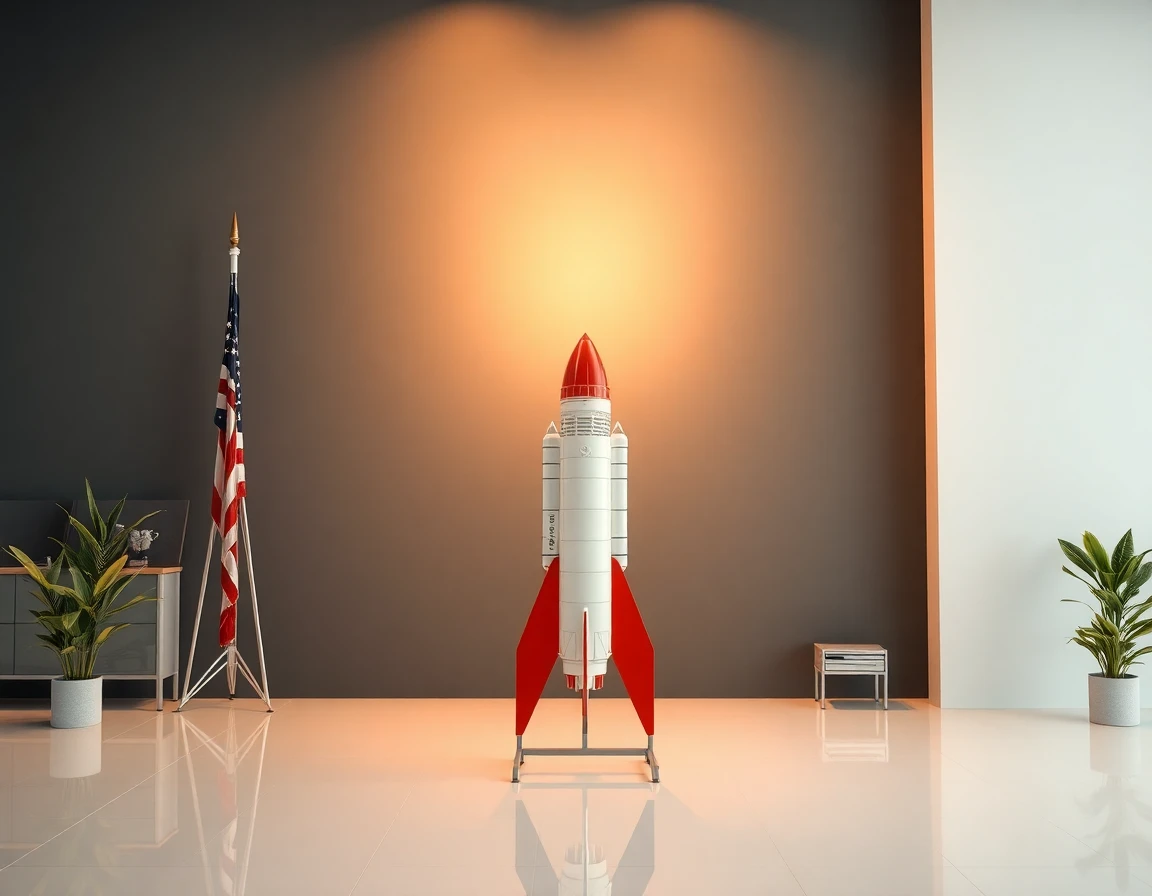The renewed interest in lunar exploration marks a pivotal moment in aerospace history, driven by technological innovations, the quest for extraterrestrial resources, and increasing geopolitical tensions. As countries and private enterprises engage in a race to establish a permanent presence on the Moon, several key factors—resources, reactors, and rivalries—will play a critical role in determining the outcomes of this new lunar frontier.
The Importance of Resources
At the heart of the Moon race is the potential for lucrative resources, particularly water ice and rare minerals. The presence of water on the Moon, especially at the lunar poles, is crucial for sustaining human life and can be converted into hydrogen and oxygen for rocket fuel. This capability would allow for extended missions and serve as a launch point for deeper space exploration.
Geologists and space agencies are focusing on identifying areas rich in lunar resources. “The Moon could be a treasure trove of materials that are scarce on Earth,” says Dr. Emily Roberts, a lunar geologist at the Lunar Institute. “Understanding the distribution of these resources is essential for future missions.” Surveying technologies, including precision gyroscopic instruments, are invaluable for mapping the lunar terrain and accurately assessing resource locations.
Advanced Reactors for Sustainable Operations
As missions to the Moon become more ambitious, the need for sustainable energy sources is paramount. Nuclear reactors are emerging as a viable option for providing continuous power in the harsh lunar environment. The development of compact, efficient nuclear reactors could support habitats, rovers, and other essential systems.
NASA’s Artemis program, aimed at returning humans to the Moon by 2024, is exploring various energy solutions, including the use of nuclear power. “A reliable energy source is critical for long-term habitation and exploration on the Moon,” emphasizes Dr. Mark Thompson, a NASA energy systems engineer. “Nuclear reactors could provide the sustained energy needed for various operations.”
Furthermore, the integration of advanced thermal management systems will be essential to ensure that nuclear reactors operate efficiently in extreme temperatures, further enhancing mission viability.
Geopolitical Rivalries and Their Impact
The Moon race is not just about exploration; it is also a stage for geopolitical rivalry. Major players like the United States, China, and Russia are vying for leadership in lunar exploration. China’s Chang’e program has already successfully landed rovers and is planning a lunar base by 2030, while the U.S. is focused on establishing a sustainable presence through its Artemis program.
“The Moon is becoming a new arena for international competition,” notes Dr. Sarah Liu, an expert in space policy. “Nations are not only racing to explore but also to claim territory and resources, which could lead to conflicts.” The establishment of clear policies on lunar resource extraction and territorial claims will be crucial in preventing disputes.
Future Developments and Industry Insights
Looking ahead, the future of lunar exploration will depend significantly on the collaborations and technologies developed now. Private companies, such as SpaceX and Blue Origin, are investing heavily in lunar missions, contributing to a more diversified approach to exploration. Their innovative launch systems and resource extraction technologies will play a vital role in shaping the lunar economy.
As the lunar landscape becomes more crowded, the ability to conduct precise operations will be essential. Utilizing high-precision accelerometers will enable accurate motion sensing for rovers and landers, enhancing their operational capabilities on the Moon’s uneven surface.
Conclusion
The new Moon race represents a convergence of advanced technology, strategic resource management, and international collaboration. As nations and private entities forge ahead, the outcomes will not only redefine lunar exploration but also set the stage for future space endeavors. The interplay of resources, reactors, and rivalries will undoubtedly influence how humanity approaches its next giant leap on the lunar surface.
By understanding the technical requirements and geopolitical dynamics at play, stakeholders can better prepare for the challenges and opportunities that lie ahead in the quest for lunar resources.
References
-
Resources, Research - defensenews.com (defensenews.com)
-
Resources, Research - aviationweek.com (aviationweek.com)
-
Resources, Research - spacenews.com (spacenews.com)



